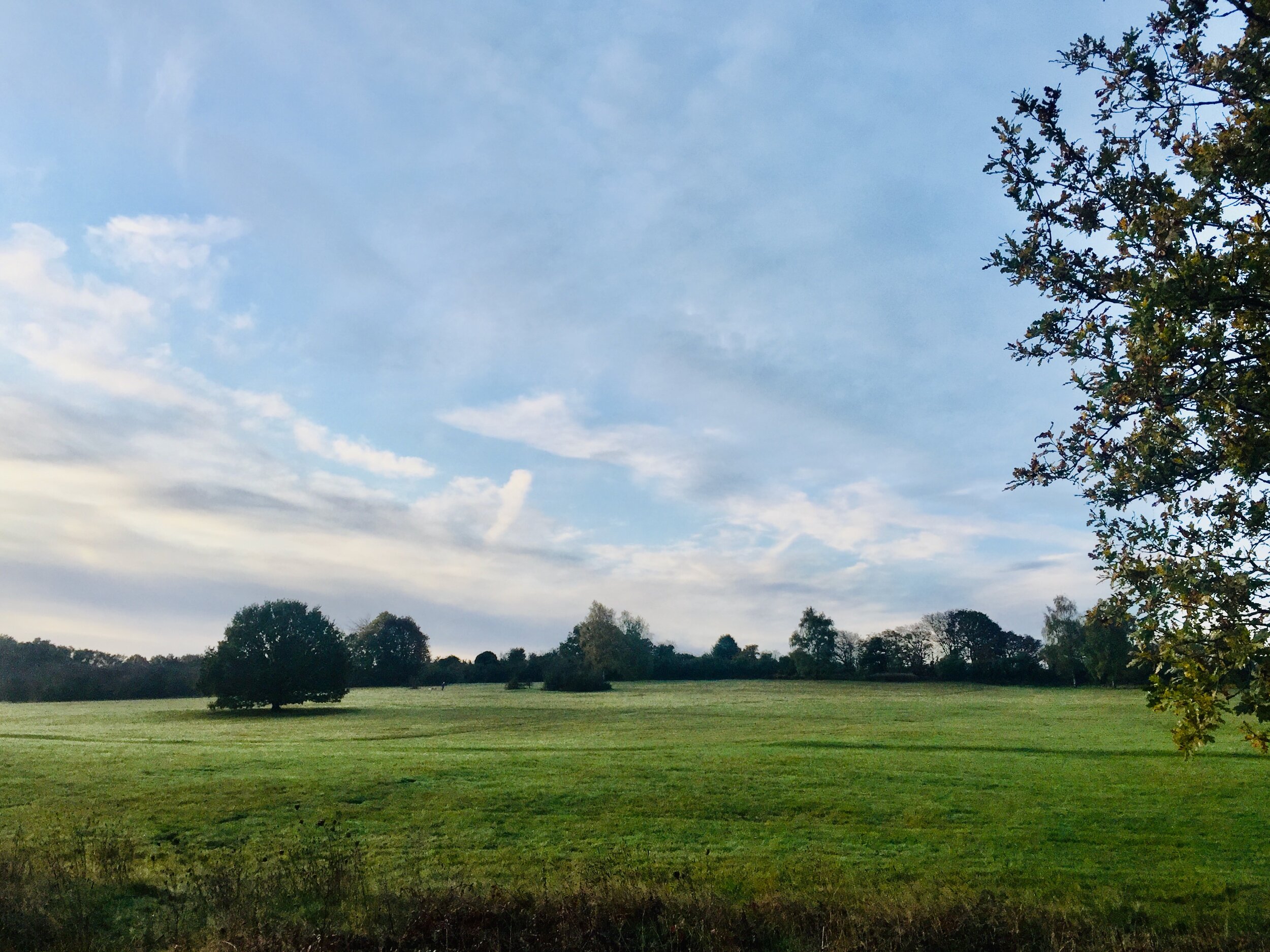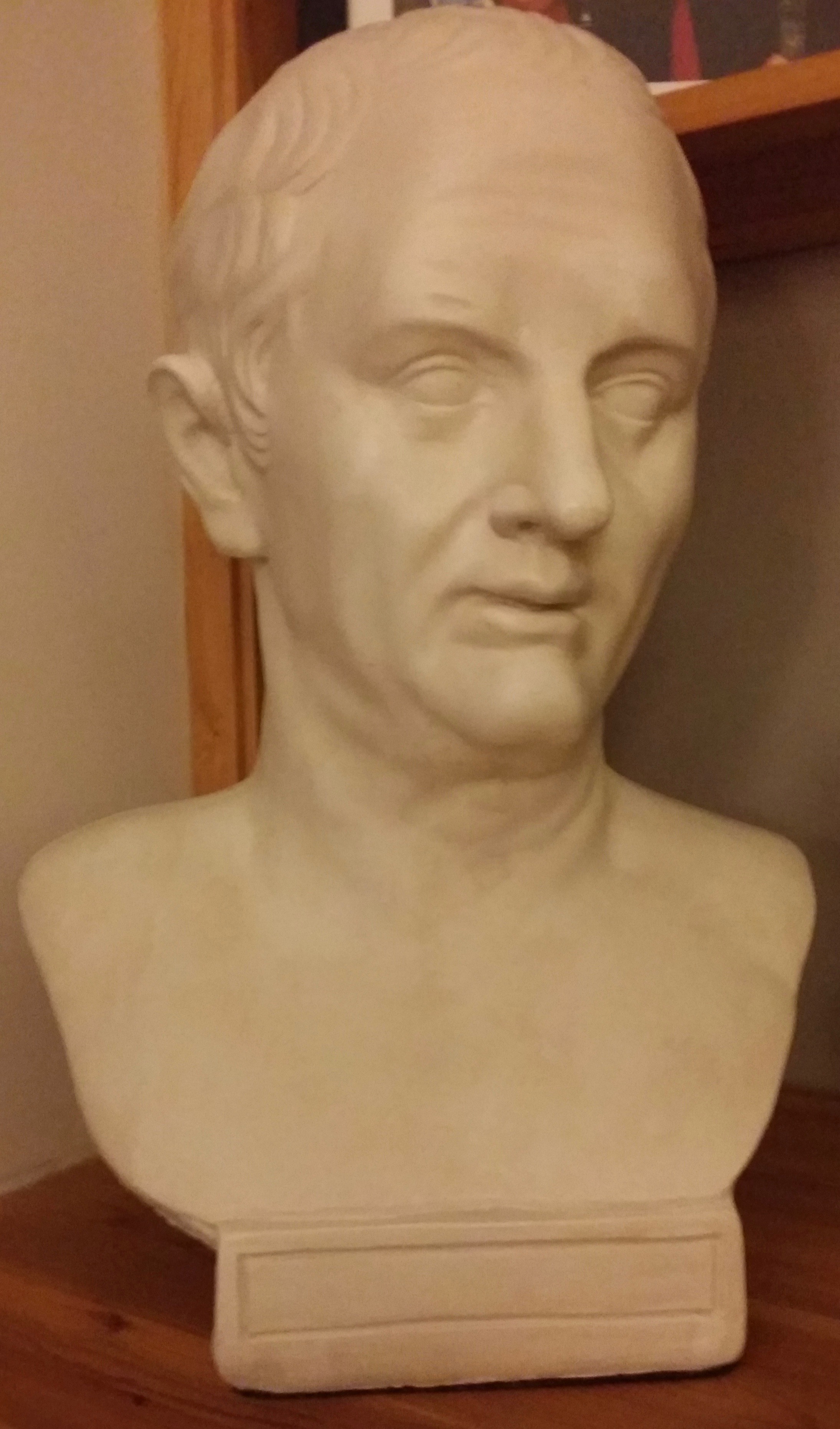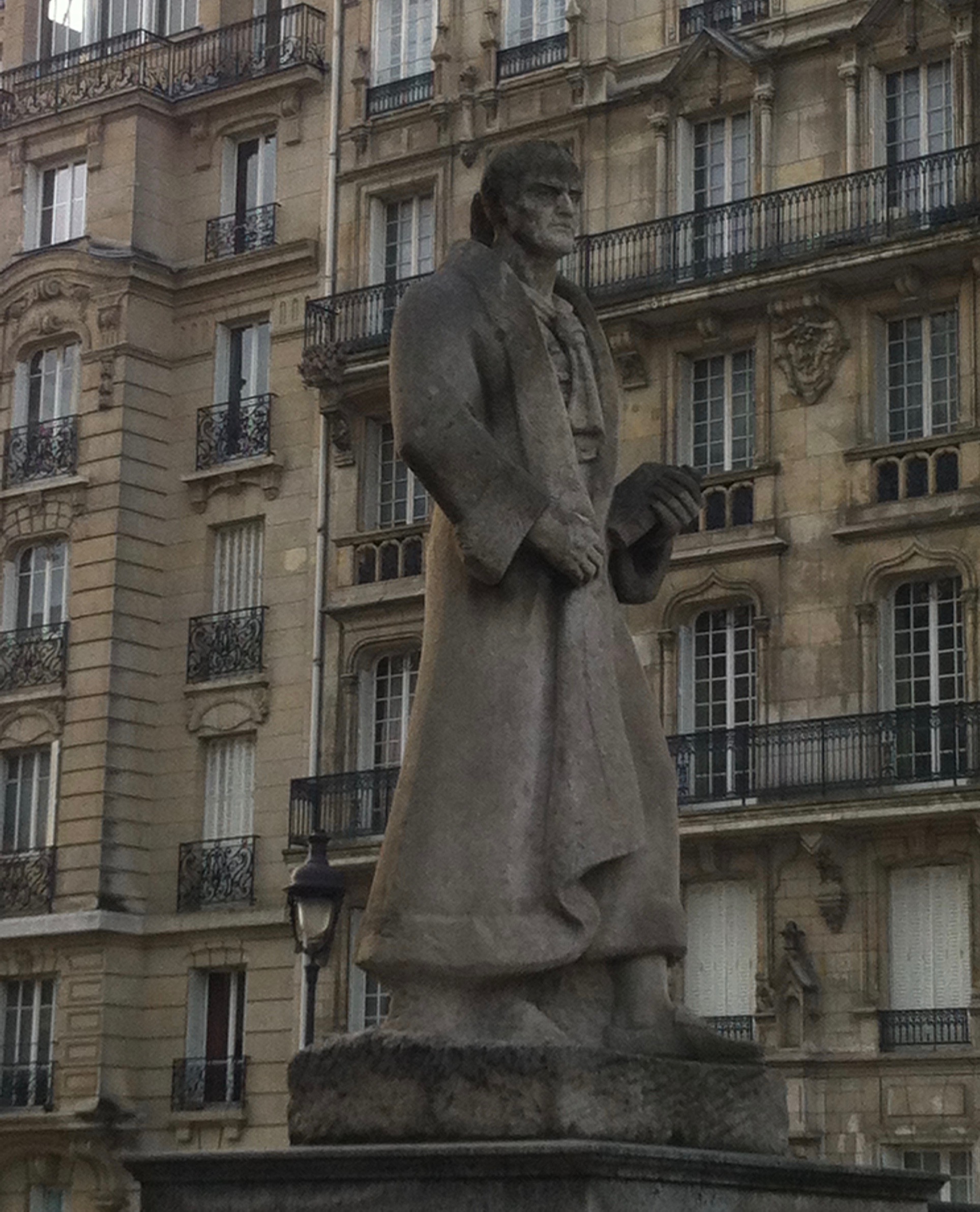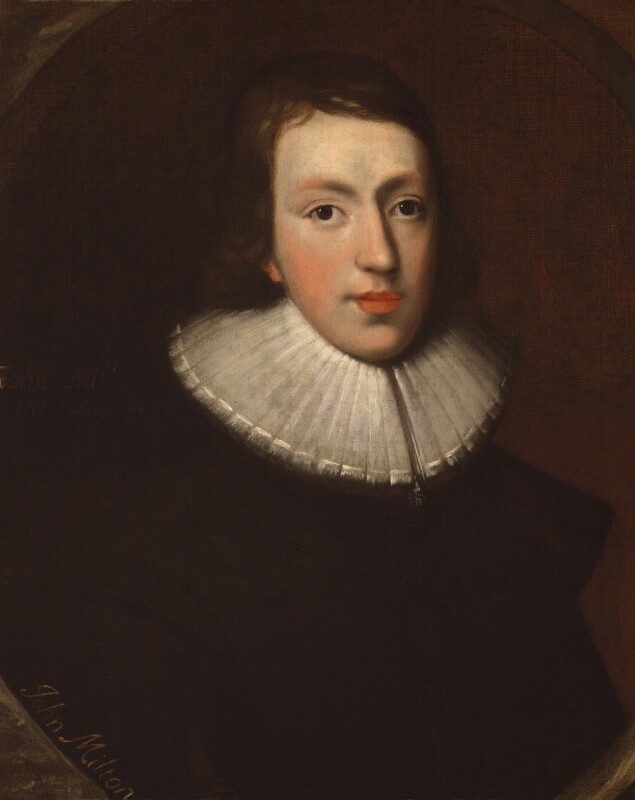In English, the terms 'republic' and 'commonwealth' have tended to be understood as synonyms. 'Republic' comes originally from the Latin 'respublica'. Since 'res' means 'thing' or 'affair', the respublica is effectively the public thing or public good. A 'republic' then, in its simplest terms, is a government that operates in the interests of the public rather than in the private interests of the rulers. 'Commonwealth' is an English version of the same idea, referring to what is in the common interest. While the regime established following the execution of Charles I in early 1649 was officially called the 'Commonwealth and Free State', it was frequently described as a republic. Yet while these terms have been used as synonyms, they do have different connotations deriving from their historic use. This was brought home to me through work I have been doing on the project 'Wastes and Strays: The Past, Present and Future of Urban Commons'. Commons are a long-standing feature of the landscape of the British Isles, but in the mid-nineteenth century an interesting shift occurred, whereby these spaces - and especially those located in urban areas - began to be characterised as public assets rather than as the locus of common rights.
Nomansland Common Hertfordshire. Image by Rachel Hammersley.
The origins of commons date back to medieval times. In general they were manorial wastes over which specific common rights were granted to particular groups of local people. In most cases these rights were agricultural and related to subsistence. They included: the common of pasture, the right to graze animals such as sheep, cows, or horses on the common; the common of estovers, which was the right to gather wood or other vegetation such as furze to use as fuel, for repairs to houses or equipment, or for animal bedding; and the common of turbary which was the right to take peat or turf for fuel. As Guy Standing has argued, what these rights offered was a kind of safety net to help the local community (and especially its poor) through hard times (Guy Standing, Plunder of the Commons: A Manifesto for Sharing Public Wealth. Harmondsworth: Pelican, 2019, pp. 8, 38).
Norwich as viewed from St James Hollow on Household Heath. Wastes and Strays, 18 June 2020. Image by Sarah Collins.
In the second half of the nineteenth century the ownership and management of many commons situated in urban areas was transferred from the local lord of the manor to the city authorities. For example, Durdham Down was bought by Bristol City Council in 1861 and, after a protracted legal battle, the City Corporation of Norwich officially took legal ownership of Mousehold Heath from the Dean and Chapter of Norwich Cathedral (the original landowner) in 1883.
These changes in ownership and management encouraged the perception that urban commons were public assets. In certain respects this was a positive shift. In general it meant that the land had to be open and accessible to the public at large rather than just to commoners or local residents. It also reinforced the growing sense that the primary purpose of these spaces was recreation rather than agricultural activity, which was generally fitting, given their location.
Charles Bradlaugh by an unknown photographer, 1860s. National Portrait Gallery NPG Ax18357. Reproduced under a creative commons licence.
Yet, while there were gains, something was lost in this transformation. Gone was the idea of commons as offering subsistence or as providing a safety net for the poorest during difficult times. Yet many people still lived precarious lives. The land campaigner Charles Bradlaugh cited research on the poor conditions in which many workers were living in the 1870s. He noted that in one Bedfordshire parish 'one-third of the entire population were receiving pauper relief, and it seemed altogether to puzzle the relieving officer to account for the manner in which one-half of the remainder lived' (Charles Bradlaugh, The Land, The People, and The Coming Struggle. London, 1874, p. 9). Even today with the increasing reliance on food banks and the emergence of zero-hours contracts, it would seem that the need for such a safety net remains, and yet the state benefits that had been established in the first half of the twentieth century to serve as this have been greatly weakened since the 1980s. Secondly, there was a shift away from a sense of shared ownership. While commons were not usually owned by the commoners, the fact that they enjoyed rights of access and rights to various produce of the land, created at least a semblance of ownership. And ownership, in turn, helps to give people a sense of identification with the space as well as encouraging them to cherish, protect, and take care of it. Such sentiments are less likely to arise if these green spaces are seen as a public asset - a resource provided for the public by the authorities but remaining firmly under council control. Finally, commons invoke a sense of working together for a common purpose and, therefore, of reciprocity. To gain what they needed from the common, commoners had to exercise their rights by labouring on the common whether by grazing their animals there or by gathering wood for fuel. Once the commons are regarded as a public asset or a service provided to the public, the sense of users having duties or responsibilities over the space is diminished.
Cows grazing on the Town Moor in Newcastle. Wastes and Strays. 10 May 2021. Image by Rachel Hammersley.
What might be the benefits of shifting back from a language of public assets and resources to one of common goods? Could it be used to curb the increasingly pernicious tendency to appeal to 'efficiency' in order to cut public services to the bone? Could it be a means to establish the primacy of community ahead of the private interests and benefits of those in privileged positions? Could it even lead to the introduction of a fair system of taxation, which is viewed not as an unwelcome burden on the individual, but as an opportunity to build a rich and sustainable society in which all members are provided with the means to flourish?
I am getting carried away, but as an intellectual historian I do believe that the language that we use to frame our understanding has the power to bring concrete political change. There might well be benefits to be gained from reclaiming the idea of the 'common wealth' and encouraging active engagement and participation on the part of citizens.

















![John Lilburne, England's New Chains Discovered, London, 1649. http://oll.libertyfund.org/pages/leveller-tracts-6. 18.10.17. Taken from the Online Library of Liberty [http://oll.liberty.org] hosted by Liberty Fund, Inc.](https://images.squarespace-cdn.com/content/v1/57a64976d1758e28c2a46317/1508942506653-MC9ZTGQZPUPJNO70AQAP/Englandsnewchains.png)